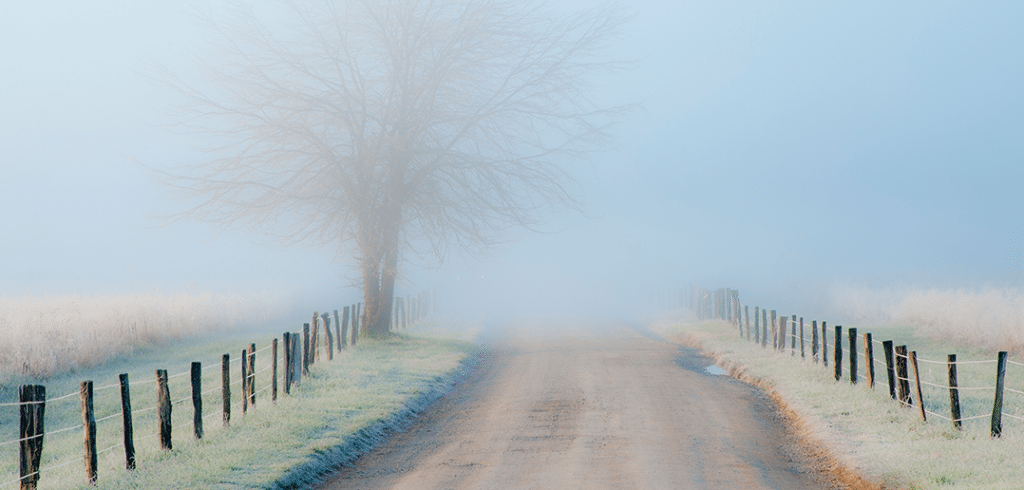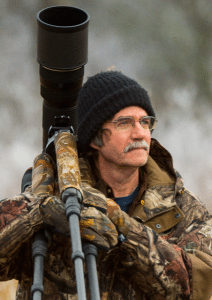
Tennessee photographer has taken the long way to a rewarding career doing what he loves
I was lying on my stomach just outside a wildlife opening,” recalls Bill Lea. “I laid my head down. Just then I started hearing steps behind me. I froze as the steps got closer and closer. It was a real adrenaline rush.
“Out stepped these two wild turkeys just 100 feet to my right. I picked up my camera and tripped the shutter. The photos just showed two dots (the turkeys) in the frame, but it was still so exciting, so much fun.”
That photo aside, in the past 34 years Bill Lea and his photos have become as iconic as the black bears and other wildlife he photographs throughout the Smoky Mountains. More than 7,000 of his photos have been published in an array of prominent publications. Since 1992, Lea has taught photo workshops at Great Smoky Mountains Institute at Tremont. He has published two coffee table books about the Smokies, one in its fourth printing. He has photographed other ecosystems as well such as the Everglades and Yellowstone National Park.
But this is not where Lea’s life begins. It does, however, share some common denominators with his other lives — a love of the outdoors, of wildlife and, most of all, of the Creator who makes it all possible.
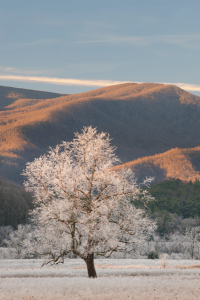
Life No. 1
You might title life one the F’s: fishing, figuring it out and forestry.
Lea’s story begins in Peoria, Ill., in 1952. After his parents divorced, a young Lea divided his time between Illinois and Florida and found a passion he could enjoy in both places — fishing.
“My best boyhood memories are outdoors,” Lea recalls. “I loved going fishing and swimming with my dog, Penny, who lived to be 19.”
Self-described as “shy and reclusive” in high school, Lea found college a time to figure out who he was and how he wanted to live his life.
“It took me about eight years to finish college,” Lea says. “I quit for a while and managed a restaurant and deli. But it got to where I hated to get up in the morning, so I went back to school.”
Lea attended a string of schools before graduating from the University of Florida. He first majored in accounting, switching to business and then to geology, inching closer to his real passion each time.
“I got a scholarship in geology,” he says, “but then I took a forestry class and knew I wanted to major in that.”
Life No. 1 gets started in earnest in 1978. Lea was 26 years old and had just landed a job as a forester with the International Paper Company. His job was to inventory trees on the company’s land in Vicksburg, Miss.
“The land bordered the Mississippi River Delta, so the soil was rich,” Lea says. “I would walk among cottonwood trees that were 160 feet tall and 40 inches wide.”
Two years later, a position opened with the U.S. Forest Service, and Lea became a forester with the Ouachita National Service, overseeing reforestation.
As he gained experience, Lea was a forester in several national forests, including Pisgah and Nantahala in North Carolina, and then all national forests in North Carolina. He became a silviculturist, a distract ranger and then an interpretative specialist, designing programs and signs that helped others understand the history and culture of the area.
In his time off, Lea went fishing, but the waters weren’t clear like those of his childhood. That’s when he found the wildlife opening and experienced the joy of seeing wildlife up close. “I laid down my fishing pole and picked up my camera,” he said.
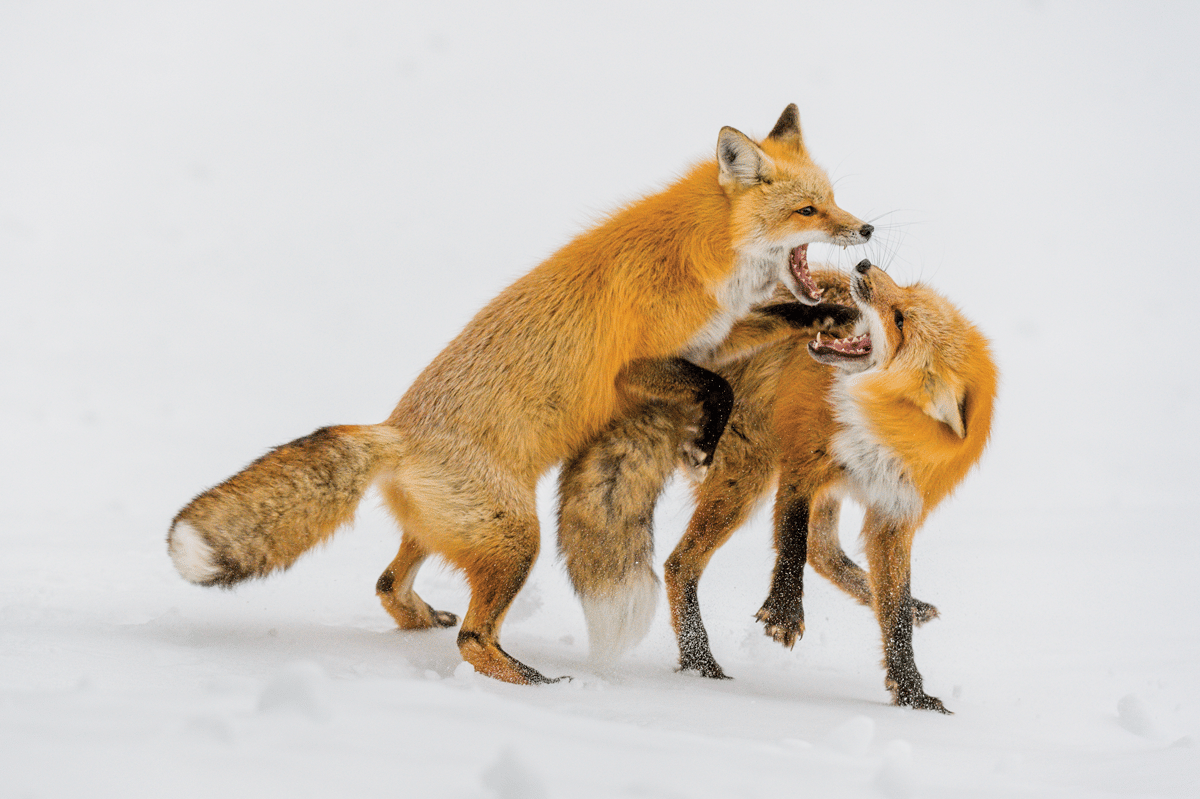
Life No. 2
Lea didn’t know it at the time, but he was moving into life two: nature photographer. Every chance he got, Lea was out photographing animals, particularly deer and bears in the Smoky Mountains.
“I just photographed what I liked,” he says. “Animals are a big part of my life. Wildlife was a natural. I started taking more pictures, and people began encouraging me to sell them. I looked at different magazines and tried to find those that could use something I had photographed.”
He sold his first photograph — of a white-tailed deer — to Arkansas Wildlife in 1981.
“It was a good feeling to get a photo published,” Lea recalls. “I had two published at the same time. I got paid $75 each. Thirty years later, the same magazine pays the same $75, but you know what has happened to the cost of doing business.”
Lea smiles.
“When people tell me they want to photograph nature, I tell them: ‘Don’t quit your day job.’”
Lea followed his own advice. He stayed with the Forest Service and simultaneously sold his wildlife photos to magazines. Then he worked out a deal with the Forest Service to have three months off each year without pay, and each year he headed straight to the Smoky Mountains with his wife and his camera.
“My wife and I both love animals,” he says. “This was a way for us to be out there with them.”
When the Forest Service offered him early retirement in 2005, Lea took it and never looked back. His next life had officially begun.
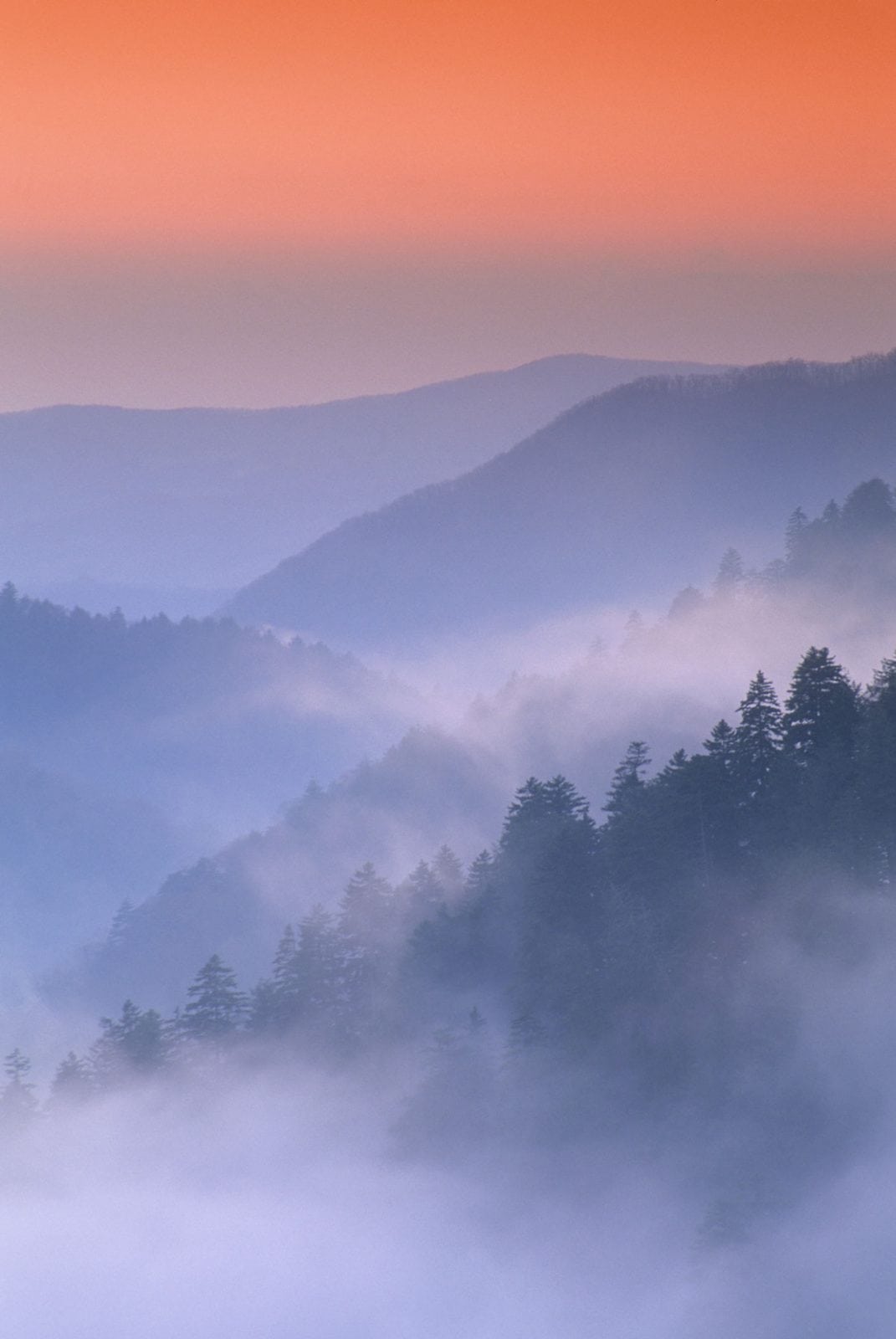
Life No. 3
The move to life three didn’t have a specific starting and ending point as retirement did, but slowly Lea has begun photographing less and advocating more. Today, he thinks of himself first as a bear advocate.
“Bears are so misunderstood,” Lea says. “There is so much sensationalized media coverage that is inaccurate and untrue. My desire is for the whole world to see bears as we have come to know them by spending time with them in the wild.
“These are extraordinary animals. For me there is nothing like spending time with a mother bear and her cubs. I talk to them and let them know I am there. Once they determine I am not a threat, they ignore me, and I am able to photograph their behaviors. Those behaviors and looks give you a sense of their personality.
“Every bear is different. Every one has its own personality. Bears are so intelligent. The emotions they exhibit are so like our own. There are such loving looks between mom and baby. There is a sadness in a mom’s eyes when she can’t locate a cub. They have playfulness about them. Bears want the same things we do: a source of food, water and a feeling of security.”
So now, every day on Facebook, Lea posts a photograph he has taken of a bear and tells the story behind that picture (go to www.facebook.com/billleaphotography).
One photo Lea calls “The Kiss.” A mother bear had just lost one of her two cubs to death. The other cub was in the lowest branch of a tree. Momma bear was standing on two legs looking at her cub. As she did, the cub licked her on the nose, the equivalent of a human kiss. There was genuine affection between them.
Lea is also co-founder of a sanctuary for bears just outside Orr, Minn., called the Vince Shute Sanctuary.
Vince Shute was a logger in northern Minnesota who turned from bear hunter to bear advocate when he realized the bears that broke into his cabin were hungry, not mean. He began feeding the bears and getting to know them.
“I am not in favor of feeding bears,” Lea says, “and we weren’t interested in a place where people were feeding bears, but he convinced us to come up. We stayed for three days and got to know the bears. It was such an eye-opening experience.”
A second trip was planned. It was to be for two weeks but turned into six. Then Shute posed a jarring question that needed an answer: “What is going to happen to the bears once something happens to me?”
There was a rumor circulating that the locals planned to kill the bears once Shute was gone. Lea knew he had to do something to protect the bears.
Lea, his wife and another couple decided to form a nonprofit to operate the sanctuary. He still didn’t agree with feeding bears, but Lea wanted to take a unique situation and turn it into a way for others to learn about bears.
Their first step was to purchase a few hundred acres for the sanctuary. Next came photo workshops where people could come and photograph the bears and learn more about these incredible creatures.
“Bears are most often killed because of what people think they are going to do, not what they actually do,” Lea says. They decided to “cage the people and let the bears run free.”
Actually, they created an open-air classroom where people can safely watch the wild bears, learning about bear behavior as it occurs right in front of them.
“Every time you spend time with wildlife, it’s a lesson in life,” Lea says. “You come back learning something. Bears and other wildlife can teach us so much if we will just stop and listen.”
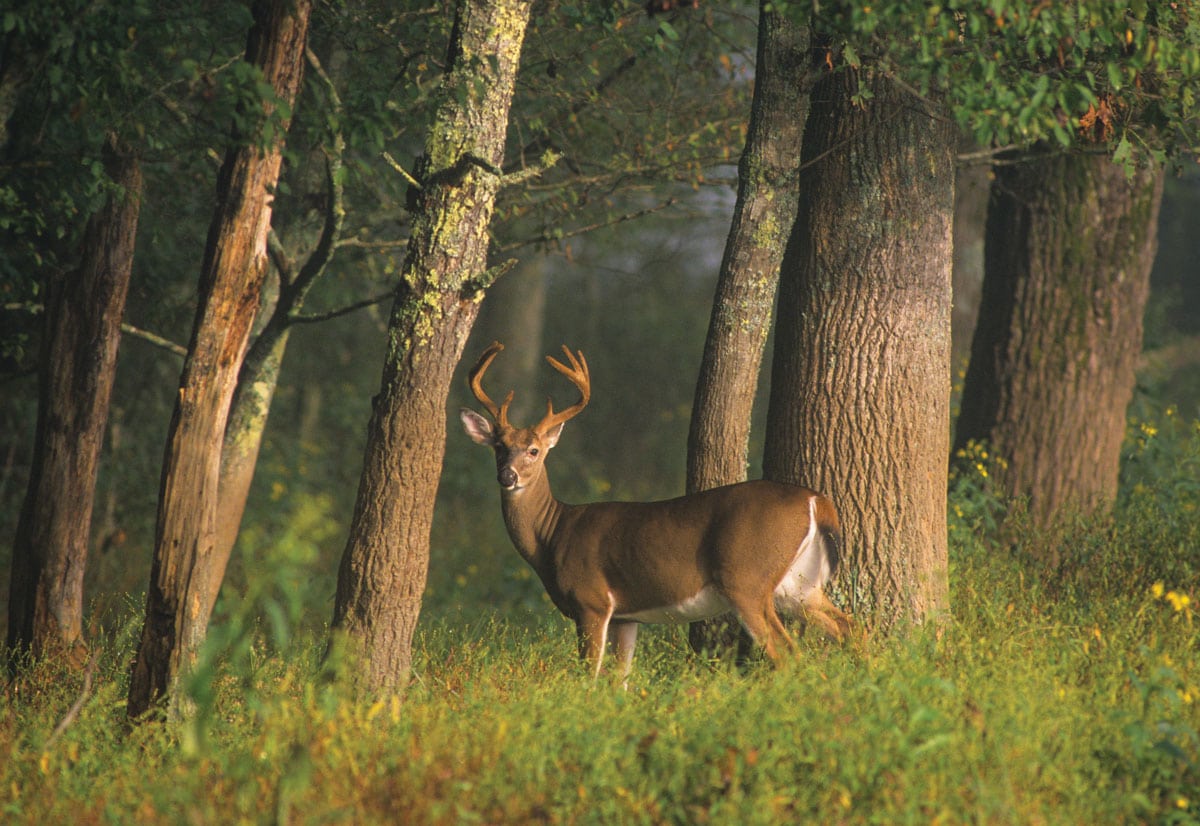
Tips from a master nature photographer
“Nature photographers have to be students of the weather,” says Bill Lea. “Rain can be a wonderful time to shoot pictures, particularly vegetation. Vegetation is highly reflective. Use a polarizing filter. The late afternoon sunlight after a rain can be just magical.
“Shoot in the early morning and late afternoon — or all day if it is overcast. This is when the light is the softest. Spring and fall are also better than summer when the light is much harsher.
“If you want to photograph wildlife, go where wildlife is. Great wildlife images are luck, but you have to be there for the luck to happen.
“Photography, scenic photography in particular, is all about light. One spring I was up on the mountain at an overlook shooting when it started to rain. I thought about going down but decided to stay and just read for a while. When the rain ended, I put two cameras with wide-angle lenses at low angles on tripods. The sun started coming through, and the mist started rising. The color of the mist was fabulous.
“If you encounter bears, talk to them. That lets them know you are not a threat. Predators don’t announce their presence. You don’t want to startle bears because they are driven by fear. Just as a dog can sense a lot about you from your tone of voice, so can a bear. Visit www.americanbear.org to learn more.”
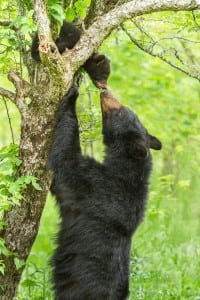
Workshops and photo shoots for budding nature photographers
Bill Lea and Chris Norcott lead several photo shoots throughout the year. Visit www.billlea.com or www.chrisnorcott.com for more, but here is some basic information about the workshops:
Everglades Photo Tour
Feb. 25-28
For more information, go to chrisnorcott.com/everglades.
Alaska Coastal Brown Bear Workshops
July 10-15 and July 15-20
Go to chrisnorcott.com/alaska.
Black Bear Photo Tours
Aug. 11-15, 18-22 and 25-29
Go to chrisnorcott.com/ black-bear-workshops-2016.
Blue Ridge Parkway Fall Color
Oct. 20-23
[email protected] or [email protected]



